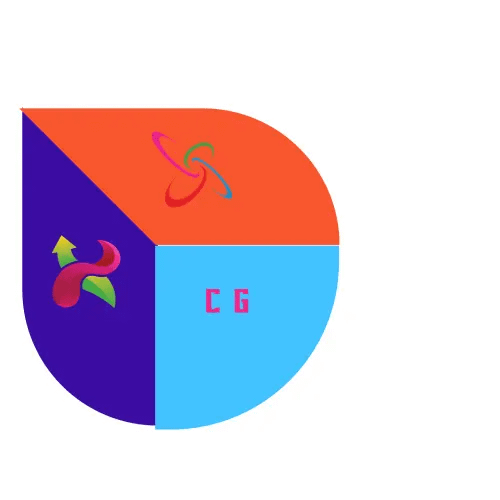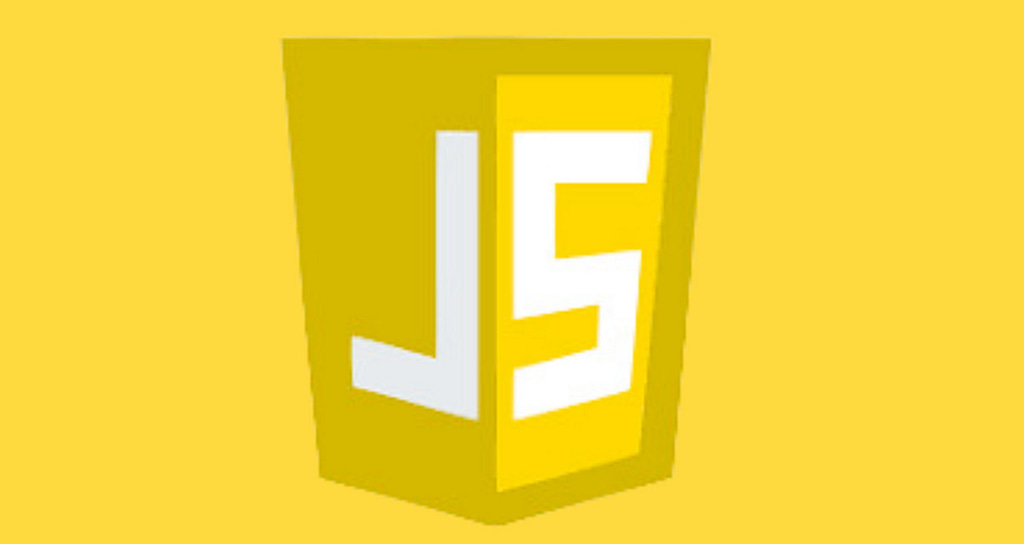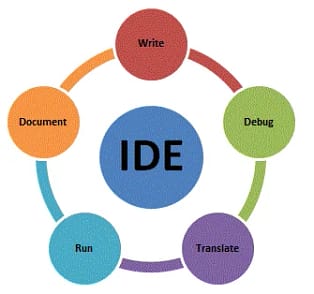Are you learning Javascript or have you already learned Javascript? Do not know about the best use of Javascript. Are you looking for such use for which you could be paid?
Thinking about which type of industry can pay use for your skill then you are on the right blog. I also wondered about this and here are the answers all your questions:
What is Javascript?
JavaScript is a programming language that makes websites interactive and dynamic. It works on the browser side, helping to enhance user experience.
You can think of it as the language that brings web pages to life. With JavaScript, you can create pop-ups, update content without refreshing the page, and make cool things happen when you click buttons. Here you also find the use of javascript. You can find its course here.
Imagine a webpage as a puppet show: HTML is like the stage structure, CSS is the costumes and makeup, and JavaScript is the puppeteer pulling the strings. It allows developers to control and manipulate elements on a webpage, responding to user actions.
JavaScript is versatile and can be used for various tasks, from simple animations to complex calculations. It is widely supported by browsers, making it a crucial part of web development. Learning JavaScript is like adding magic to your web creations, enabling you to build interactive and engaging online user experiences.
Use of JavaScript:
JavaScript is used for various applications, such as web development, mobile development, game development, and more. Here are some examples of what JavaScript can do in different domains:
Uses:
Web development: JavaScript can make web pages more interactive and dynamic by adding effects, animations, and other features that respond to user actions.
For example, you can use JavaScript to show different messages or images when the user clicks a button or moves the mouse, change the style or layout of the web page based on the user’s input or preference, validate the user’s information before sending it to a server or database, create single-page applications that run on one HTML page, and more.

Mobile development: JavaScript can be used to create mobile apps that run on both Android and iOS platforms, using tools like React Native, Ionic, or Cordova. These tools allow you to write JavaScript code that can access the native features of mobile devices, such as the camera, GPS, or accelerometer.
You can also use JavaScript to create hybrid apps that combine web and native elements, or progressive web apps that work offline and can be installed on the home screen.
Game development: JavaScript can be used to create web-based games, from simple puzzles to complex 3D adventures. Libraries like Phaser and Three.js facilitate game development, making it accessible and interactive for users in web browsers. You can also use JavaScript to create games for desktop or mobile platforms, using tools like Electron, NW.js, or CocoonJS.

Art: JavaScript can be used in digital art creation and generative art. You can use JavaScript to create shapes, colors, patterns, animations, and other visual effects that are based on algorithms, randomness, or user input. You can also use JavaScript to manipulate images, videos, or sounds, using libraries like p5.js, Processing.js, or Tone.js.
These are just some of the many uses of JavaScript. JavaScript is a versatile and powerful language that can be used for various purposes and platforms.
Why to use Javascript?
Sure, I’ll try to briefly explain why we use JavaScript. JavaScript is a popular and powerful language that has many special features, such as:
It can run on both the client side and the server side, using the same syntax and logic. This makes it easier to develop full-stack applications and share code between different platforms.
It is flexible and dynamic, meaning it can adapt to different situations and environments. For example, it can change the type of a variable at runtime, add or remove properties from objects, and create new functions on the fly.
It supports multiple programming paradigms, such as imperative, declarative, functional, and object-oriented. This gives developers more freedom and creativity to choose the best approach for their problems.
It has a rich and diverse ecosystem of frameworks, libraries, and tools that can help developers with various tasks, such as web development, mobile development, game development, data visualization, machine learning, and more.
Key Features of JavaScript:
- Versatility:
- JavaScript is a versatile programming language that can be used for a wide range of applications, from web development to server-side programming and even mobile app development. The use of JavaScript is also in app development.
- Client-Side Scripting:
- Primarily known for its role in client-side scripting, JavaScript allows developers to create dynamic and interactive user interfaces within web browsers.
- Asynchronous Programming:
- JavaScript supports asynchronous programming through features like callbacks, promises, and async/await, enabling efficient handling of non-blocking operations.
- Cross-Browser Compatibility:
- JavaScript is designed to work across different web browsers, ensuring consistent behavior and functionality regardless of the user’s choice of browser. It is where JavaScript is used.
- Event-Driven Programming:
- JavaScript is event-driven, meaning it can respond to user actions (events) such as clicks, keypresses, and mouse movements. This makes it well-suited for creating interactive web applications.
- Dynamic Typing:
- JavaScript is dynamically typed, allowing variables to hold values of different types without explicit type declarations. This flexibility simplifies development but requires careful attention to type handling.
- Object-Oriented Programming (OOP):
- JavaScript supports object-oriented programming principles, allowing developers to create and manipulate objects. Objects in JavaScript can be used to model real-world entities and encapsulate functionality. It is one of the uses of javascript.
- Prototype-based Inheritance:
- JavaScript uses prototype-based inheritance, where objects can inherit properties and methods directly from other objects. This provides a flexible and dynamic approach to object creation and extension.
- DOM Manipulation:
- The Document Object Model (DOM) in JavaScript enables the manipulation of HTML and XML documents. Developers can dynamically update and modify the content and structure of web pages.
- First-Class Functions:
- Functions in JavaScript are first-class citizens, meaning they can be assigned to variables, passed as arguments to other functions, and returned as values. This allows for functional programming paradigms.
- Closures:
- Closures allow functions to retain access to variables from their outer scope even after the outer function has finished execution. This feature is crucial for creating private variables and maintaining the state.
- Garbage Collection:
- JavaScript has automatic garbage collection, managing memory allocation and deallocation. This helps developers avoid memory leaks and ensures efficient memory usage.
- Modularity:
- JavaScript supports modularity through the use of modules and libraries, allowing developers to organize code into reusable and maintainable components.
- Security:
- While running on the client side, JavaScript has security measures in place to prevent malicious activities. Modern browsers implement the Same-Origin Policy and Cross-Origin Resource Sharing (CORS) to enhance security.
- Open Standard (ECMAScript):
- JavaScript is based on the ECMAScript standard, ensuring consistency and compatibility across different implementations. The ECMAScript specification is continuously updated to introduce new features and improvements.
FAQS
Here are some frequently asked questions about javascript given below:
- What is JavaScript?
- JavaScript is a versatile programming language primarily used for creating interactive and dynamic website content. It is commonly employed to enhance the user experience by enabling client-side scripting. The basic use of JavaScript is in making webpages.
- How is JavaScript different from Java?
- Despite the similar name, JavaScript and Java are distinct languages. JavaScript is a scripting language designed for web development, while Java is a general-purpose programming language used for various applications. The use of JavaScript is a different form of Java.
- Where can I use JavaScript?
- JavaScript is mainly used in web browsers to create dynamic and interactive features. However, it has expanded its reach to server-side development (Node.js), mobile app development, and even desktop applications. The use of javascript is also by Browsers.
- What are the basic data types in JavaScript?
- JavaScript has primitive data types such as string, number, boolean, null, and undefined. Additionally, it has a complex data type: object.
- How do I declare variables in JavaScript?
- Variables in JavaScript can be declared using the
var,let, orconstkeywords.letandconstwere introduced in ECMAScript 6 (ES6) to provide block-scoping.
- What is the DOM in JavaScript?
- The Document Object Model (DOM) is a programming interface that represents the structure of a document as a tree of objects. JavaScript interacts with the DOM to manipulate HTML and XML documents dynamically.
- What is an event in JavaScript?
- Events are actions or occurrences that happen in the browser, such as a user clicking a button or a page finishing loading. JavaScript can respond to these events by executing specific code, enabling interactivity.
- How do I handle errors in JavaScript?
- JavaScript provides mechanisms for error handling, including the
try,catch, andfinallystatements. Developers can use these to manage exceptions and prevent unexpected crashes.
- What is AJAX in JavaScript?
- AJAX (Asynchronous JavaScript and XML) is a technique that allows web pages to be updated asynchronously by exchanging small amounts of data with the server behind the scenes. This is often used to create more responsive and dynamic user interfaces.
Conclusion:
JavaScript is like the superhero of web development, adding life and excitement to static web pages. The use of JavaScript is because it allows us to make websites more interactive, responsive, and engaging. It’s the secret sauce that empowers developers to create dynamic content, handle user interactions, and build a smoother online experience.
From making buttons do cool tricks to updating information without reloading the page, JavaScript is the key to creating websites that capture our attention and keep us coming back for more.
So, the next time you wonder why we use JavaScript, remember it’s the magic wand that turns ordinary websites into extraordinary online adventures! If you want to learn further more about the use of javascript and you do not like the best-recommended course that we found over all platforms then you can go here.



